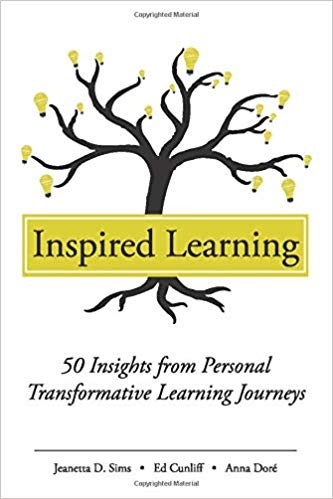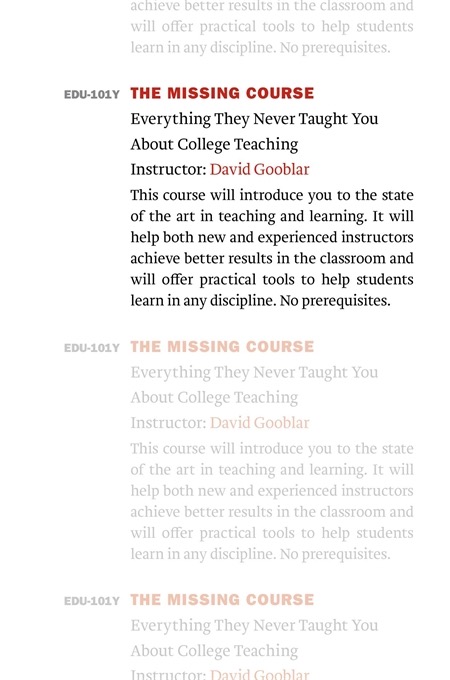student centered learning
Select an item by clicking its checkbox
(And audio recording of this blog may be found here.) Creative teachers are sometimes labelled as people who run wild --- meaning we are people whose boundaries are too wide, whose disciplinary habits and practices are too flimsy, whose appetites look beyond what is safely seen, commonly known, or conventionally ...
For the past twelve months, I have made several pivots in my teaching to meet what Dr. Martin Luther King, Jr. identified in his 1967 speech on the war in Vietnam at The Riverside Church in New York City as “the fierce urgency of now.” Dr. King began by affirming the ...
During the past year, two of my favorite Brazilian writers and educators, Luiz Antonio Simas and Luiz Rufino collaborated on yet another book: Encantamento: Sobre a Política da Vida (Incantation: On the Politics of Life). One of the central affirmations of their work (which follows their previous co-authored publications: ...
Date Reviewed: June 21, 2021
Date Reviewed: June 21, 2021
College is changing, but the way we train academics is not. Most professors are still trained to be researchers first and teachers a distant second, even as scholars are increasingly expected ...
College is changing, but the way we train academics is not. Most professors are still trained to be researchers first and teachers a distant second, even as scholars are increasingly expected to excel in the classroom.
There has been a revolution in teaching and learning over the past generation, and we now have a whole new understanding of how the brain works and how students learn. But most academics have neither the time nor the resources to catch up to the latest research or train themselves to be excellent teachers. The Missing Course offers scholars at all levels a field guide to the state of the art in teaching and learning and is packed with invaluable insights to help students learn in any discipline.
Wary of the folk wisdom of the faculty lounge, David Gooblar builds his lessons on the newest findings and years of experience. From active-learning strategies to course design to getting students talking, The Missing Course walks you through the fundamentals of the student-centered classroom, one in which the measure of success is not how well you lecture but how much students learn. Along the way, readers will find ideas and tips they can use in their classrooms right away. (From the Publisher)




